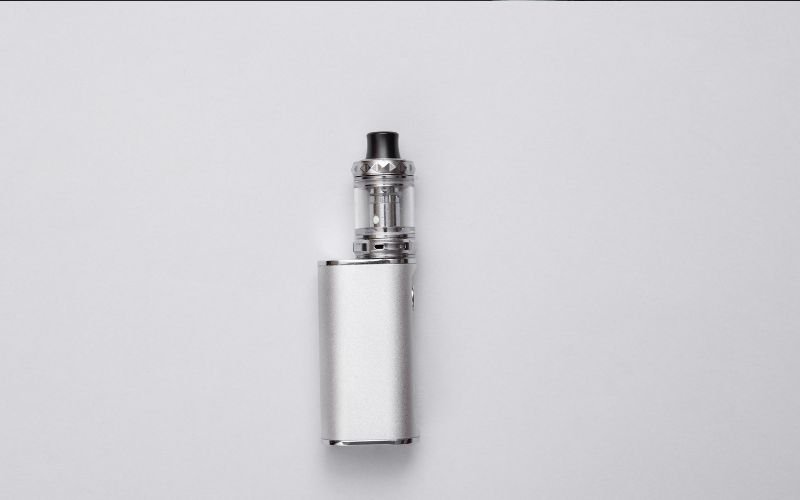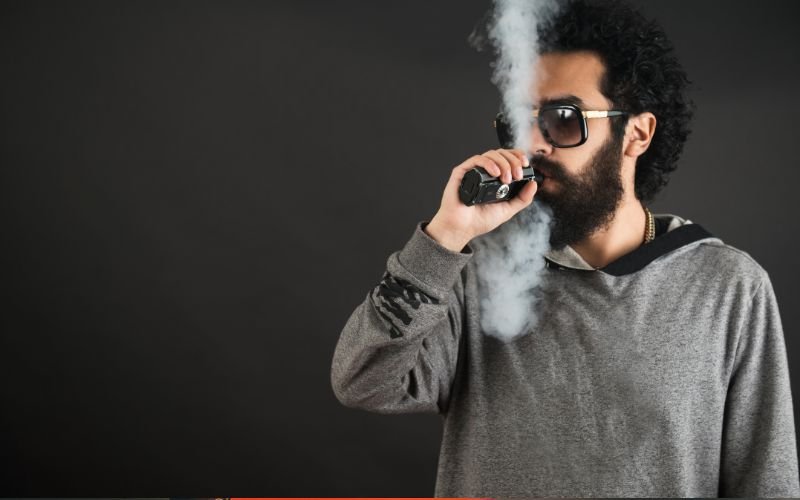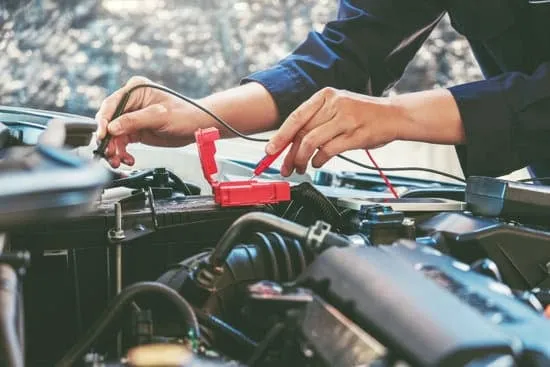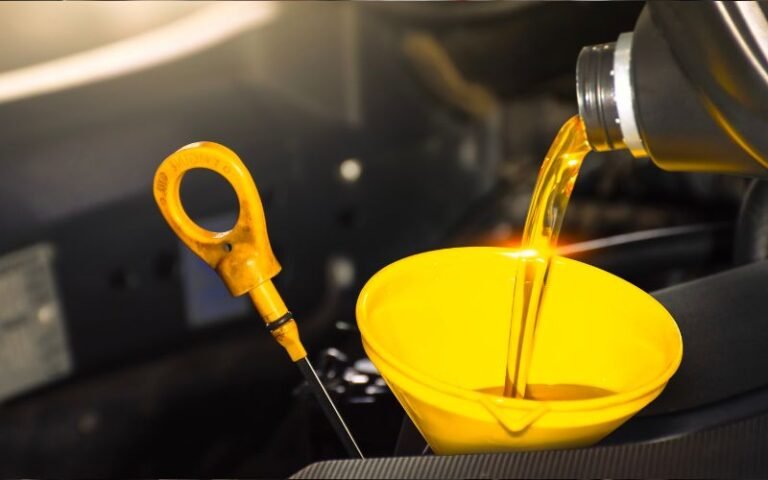How to Hit a Vape
If you are new to vaping, you have probably heard the phrase how to hit a vape tossed around. Whether you’re switching from traditional smoking or trying vaping for the first time, learning the correct technique is key. For beginners, it’s not just about pressing a button and inhaling; it’s about understanding your device, choosing the right e-liquid, knowing when to take a puff, and developing a comfortable vaping rhythm. This guide covers everything you need to know about using a vape pen, understanding vaping methods like mouth-to-lung (MTL) and direct-to-lung (DTL), selecting the right nicotine level, and avoiding common rookie mistakes like coughing or burning coils. Let’s walk you through the best way to vape safely, enjoyably, and confidently.
What is Vaping?
Vaping involves inhaling vapor produced by an electronic device called a vaporizer or vape pen. These devices use coils to heat a flavored liquid (commonly referred to as vape juice or e-liquid), turning it into vapor. Unlike traditional cigarettes that burn tobacco, vaporizers operate electronically and offer a cleaner, more controlled experience.
Traditional Smoking vs Vaping
| Aspect | Smoking | Vaping |
| Substance Burned | Tobacco | E-liquid (no combustion) |
| Smoke or Vapor | Smoke (contains tar) | Vapor (contains flavor and nicotine) |
| Odor | Strong, lingers | Mild, often fruity or neutral |
| Device | Cigarette | Vape pen, pod mod, disposable device |
| Nicotine Control | Fixed nicotine | Adjustable strength options |
Understanding these differences helps make an informed decision and transition for those switching from cigarettes.
Understanding Your Vape Device
Before taking your first puff, get to know the device you’re holding. There are different types of vapes available in the market, and each has unique features.
Types of Vape Devices
- Disposable Vapes: Pre-filled, single-use, beginner-friendly
- Vape Pens: Rechargeable, refillable, compact
- Pod Systems: Use swappable pods; easy to use
- Box Mods: More advanced, customizable wattage, large cloud production
- Mechanical Mods: For experienced users only; no built-in protections
Key Components of a Vape
- Mouthpiece: Where you inhale vapor
- Coil: The heating element that vaporizes the e-liquid
- Tank or Pod: Holds vape juice
- Battery: Powers the device
- Airflow Control: Adjusts resistance during inhalation
Understanding these parts is essential for cleaning, maintaining, and using your device safely.
The Two Main Inhalation Techniques
1. Mouth-To-Lung (MTL)
- Best For: Cigarette smokers transitioning to vaping
- How It Works: You draw vapor into your mouth first, then inhale it into your lungs
- Draw Style: Tight draw (like a cigarette)
- Vapor Production: Less vapor, stronger throat hit
- Nicotine Levels: Works best with higher nicotine (6–20 mg/mL)
2. Direct-To-Lung (DTL)
- Best For: Advanced users seeking large vapor clouds
- How It Works: Inhale vapor straight into the lungs
- Draw Style: Loose draw (like breathing deeply)
- Vapor Production: Large clouds, smoother inhale
- Nicotine Levels: Works best with lower nicotine (3–6 mg/mL)
Choosing the right method enhances your experience and minimizes coughing or discomfort.
Choosing the Right E-Liquid
What’s in Vape Juice?
- Propylene Glycol (PG): Provides throat hit, carries flavor
- Vegetable Glycerin (VG): Produces vapor density
- Nicotine: Available in different strengths (or zero nicotine)
- Flavorings: Fruity, dessert, menthol, tobacco, and more
Selecting Nicotine Strength
| Type of Vaper | Recommended Nicotine Level |
| Heavy smoker (20+/day) | 18–20 mg/mL |
| Moderate smoker | 10–12 mg/mL |
| Light smoker | 3–6 mg/mL |
| Non-smoker | 0 mg/mL |
Too much nicotine can cause dizziness, while too little might not satisfy cravings.
How to Use a Vape Pen the Right Way
Here’s a step-by-step tutorial designed especially for beginners:
1. Prepare Your Device
- Charge your battery fully.
- Fill the tank or pod with your chosen vape juice.
- Let the coil prime (soak for 5–10 minutes) before firing.
- Adjust airflow if available.
2. Take Your First Puff
- Begin with a gentle draw, like sipping through a straw.
- Do not inhale too sharply or fast.
- Wait a few seconds between puffs to let the coil cool.
- If it’s your first time, start with small puffs and increase gradually.
3. Know When to Stop
- Puff count varies by device.
- Listen to your body, stop if you feel dizzy or get a headache.
- Hydrate often; vaping can be dehydrating.
Common Vaping Mistakes to Avoid
- Inhaling too quickly causes coughing or throat irritation
- Chain vaping overheats the coil and depletes the battery
- Using high nicotine with DTL can lead to a harsh throat hit
- Not priming the coil leads to dry hits or coil burn
- Holding the vape like a cigarette reduces vapor flow
- Not closing the airflow properly affects the draw resistance
- Ignoring battery safety, avoid overcharging or using damaged batteries
Pros and Cons of Vaping for Beginners
Pros
- Customizable nicotine levels
- Wide range of flavors
- Less odor than smoking
- Easier to control usage
- Potentially less harmful than cigarettes
- Discreet and portable options
Cons
- Learning curve for beginners
- Requires regular maintenance (coils, charging, refilling)
- Some devices may leak
- Not 100% risk-free
- Can lead to dependence if misused

Exploring Vaping Etiquette and Safety
Vaping in Public
- Always follow local laws and respect non-vaping zones
- Do not blow vapor in someone’s face
- Use discreet modes when in crowded spaces
Battery & Coil Safety
- Use manufacturer-approved chargers
- Avoid overcharging your battery
- Replace old or burnt coils regularly
Cleaning Your Vape
- Rinse the tank weekly with warm water
- Use a Q-tip or soft cloth to clean the mouthpiece
- Dry fully before reassembly
Vaping Culture and Community
The vape community is vast and global, with online forums, YouTube tutorials, and Reddit threads dedicated to new users. Whether you’re exploring exotic e-liquid flavors or learning how ohm levels affect your vapor, there’s always more to discover.
Some popular subtopics:
- Vape trick tutorials (O-rings, ghost inhale)
- Comparing pod systems
- Flavor reviews
- E-liquid DIY guides
- Vape mod building (advanced)
Being part of the vaping community can enhance your experience and help you vape responsibly.
Final Thoughts
Vaping can be an enjoyable and customizable experience when done right. Whether you’re transitioning from smoking or just curious about vapor devices, taking the time to understand your gear, choosing the right nicotine strength, and learning proper inhalation methods are essential for both safety and satisfaction. From avoiding coughing fits to adjusting airflow and selecting the right vape juice flavor, every step improves your overall experience. The goal is to vape smart, stay informed, and enjoy the process, no pressure, no rush.
FAQ
Why do I cough when I vape?
Coughing is common for beginners. It often occurs because you’re inhaling too fast, using high nicotine, or not used to vapor in your lungs. Try slow, gentle puffs and lower nicotine strength.
Can I use a vape without nicotine?
Yes! Many e-liquids come in 0 mg nicotine options, perfect for those who want the experience without the chemical dependence.
What’s the best vape for beginners?
Pod systems and disposable vapes are the most user-friendly. They require minimal setup and maintenance.
How often should I change my vape coil?
On average, every 1–2 weeks, depending on usage. If the flavor tastes burnt or muted, it’s time to change the coil.
Is vaping safer than smoking?
Current research suggests vaping may be less harmful than smoking, but it’s not entirely risk-free. It’s best used as a smoking cessation tool under guidance.
Citation
Vaping360. (n.d.). What is vaping and how to vape?. Vaping360.https://vaping360.com/learn/what-is-vaping-how-to-vape







